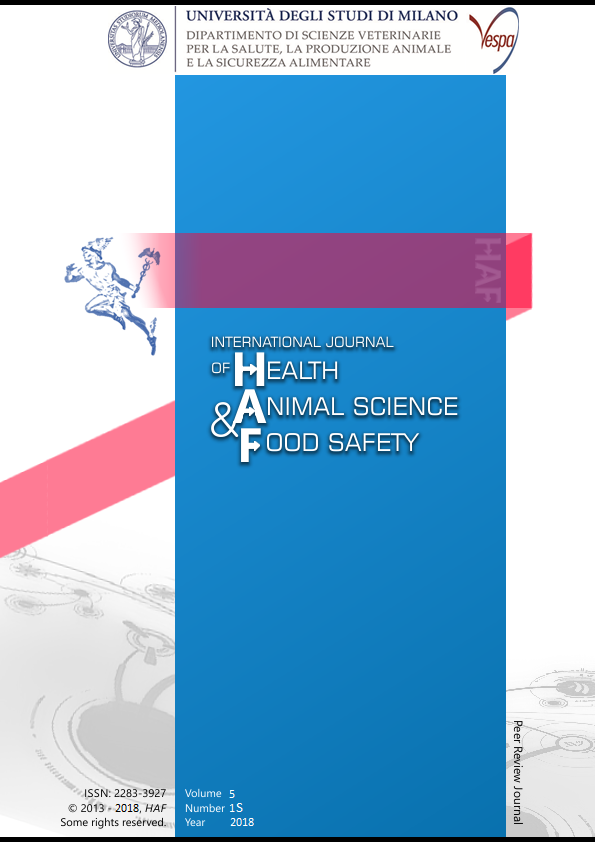Abstract
Sturgeons, as well as paddlefishes, belong to the Acipenseriformes group, which is one of the most primordial 57 orders of the Osteichthyes that comprehends 25 species spread throughout Europe, Asia and North America. The present study aims at investigating muscle growth and development as well as fatty acid profile in Siberian sturgeon free-embryos when subjected to three different rearing densities. Fatty acids, in particular polyunsaturated fatty acids of n-3 series, are generally known as key nutrients in fish larvae.
This study was approved by the Ethic Committee of the University of Milan (OPBA_22_2017). Siberian sturgeon larvae were reared at 18°C, at three stocking densities until complete yolk-sac absorption: low (LD, 30 larvae/l), mid (MD, 80 larvae/l) and high (HD, 150 larvae/l). Sampling timepoints were: hatching, schooling and complete yolk-sac absorption stage (YSA). Sacrificed larvae were weighed and histological analyses were performed in order to assess muscle development as described elsewhere ; fatty acid profile was determined by GC-FID analysis as described by Vasconi et al. (2015). Statistical analysis was performed with SAS software (v. 9.3, Cary Inc., NC).
At the end of the experiment, LD larvae presented a higher weight than larvae reared at the other two densities (P<0.05). Within the schooling stage (Figure 1), Total Muscle Area was lower for HD larvae (P<0.05); red and white muscle areas in schooling and YSA were higher than at hatching (P<0.05), regardless the density. Concerning fatty acids, no statistical differences were recorded between different rearing densities, while during the development regardless the rearing density, there was a common pattern: linoleic and alfa linolenic acids, significantly decreased their relative content, while others, as arachidonic acid and DHA, significantly increased. Siberian sturgeon larvae reared at LD or MD reveal an anatomically normal muscle development, while in the HD it is possible to observe a slowdown.
What the aquaculture industry requires is a set of guidelines that allows the development of a sustainable industry, so that we tried to develop guidelines for stocking density in the very early stage of farming. As a conclusion, it would seem that mid density could be more suitable for this species in this stage of development.
This work is licensed under a CC BY-SA 4.0 international

